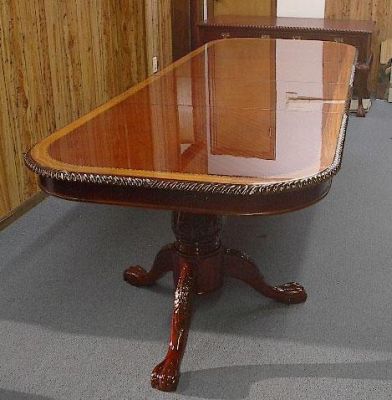Sniffing Out Silicone Contamination
Tips on detecting silicone in your shop air, and on protecting the wood from it. September 30, 2009
Question
We are having a fisheye problem that we think may be due to silicone. We recently had our roof coated with a silicone coating, and when it rains we have a small leak behind one of our booths and we are thinking this might be bringing the silicone in. We are trying to find out if there is a way to detect if there is silicone in the air and if so how to remove it.
Forum Responses
(Finishing Forum)
From contributor G:
Plane a fresh piece of wood, cover half of it and leave it where you believe there is a problem on the day of a rainstorm. Wait a day or so and finish the board. If you get fisheye on only one half, you know you have airborne silicone there and then. There may be a silicone sniffer, and you could certainly leave paper out and have someone with a mass spectrometer or one of its kin run tests, but that would be expensive and the empirical method suggested would better answer your question.
Do you have gutters? It might help keep airborne silicone down if the roof runoff was channeled away from the building and down form the roof... Else the runoff fills the air, and splashes on the ground and when you run your exhaust, the outside air gets sucked into the building.
From contributor B:
I suggest covering all of your material that's final sanded and ready for sealing/finish with blankets and sheets. This will keep contaminants from settling onto your panels and doors. I always got fisheyes unless I covered everything up with sheets.
From contributor D:
I think you may be making a mountain out of a molehill. Have you tried spraying a tack coat before putting down a full wet coat? Or have you tried adding a fisheye eliminator to the varnish/paint? I just don't think that modern finishes are that finicky.
From the original questioner:
We were and are using fisheye remover. After about a week and a half the problem seemed to go away. We are still using the fisheye remover, but we are going to try to stop using it soon. Right now we are just trying to catch up on our orders before we change anything. Thank you everyone for your responses.
From contributor D:
You might want to have your finishers make it a habit of dusting on a tack coat before any wet ones. Just dust the item, let it flash for a minute or so, then lay on a full wet coat. Especially important on the final topcoat.
